Unlock Growth with Data Analysis Services
The sheer volume of data generated daily is staggering, yet for many businesses, this wealth of information remains an untapped resource. Without the right tools and expertise, raw data can be overwhelming, difficult to interpret, and offer little strategic value. This is where professional data analysis services become indispensable, transforming chaotic datasets into clear, actionable insights that drive informed decisions and unlock significant growth opportunities. From understanding complex customer behaviors to optimizing operational efficiencies, data analysis provides the clarity needed to navigate competitive landscapes and forge a path toward sustainable success.
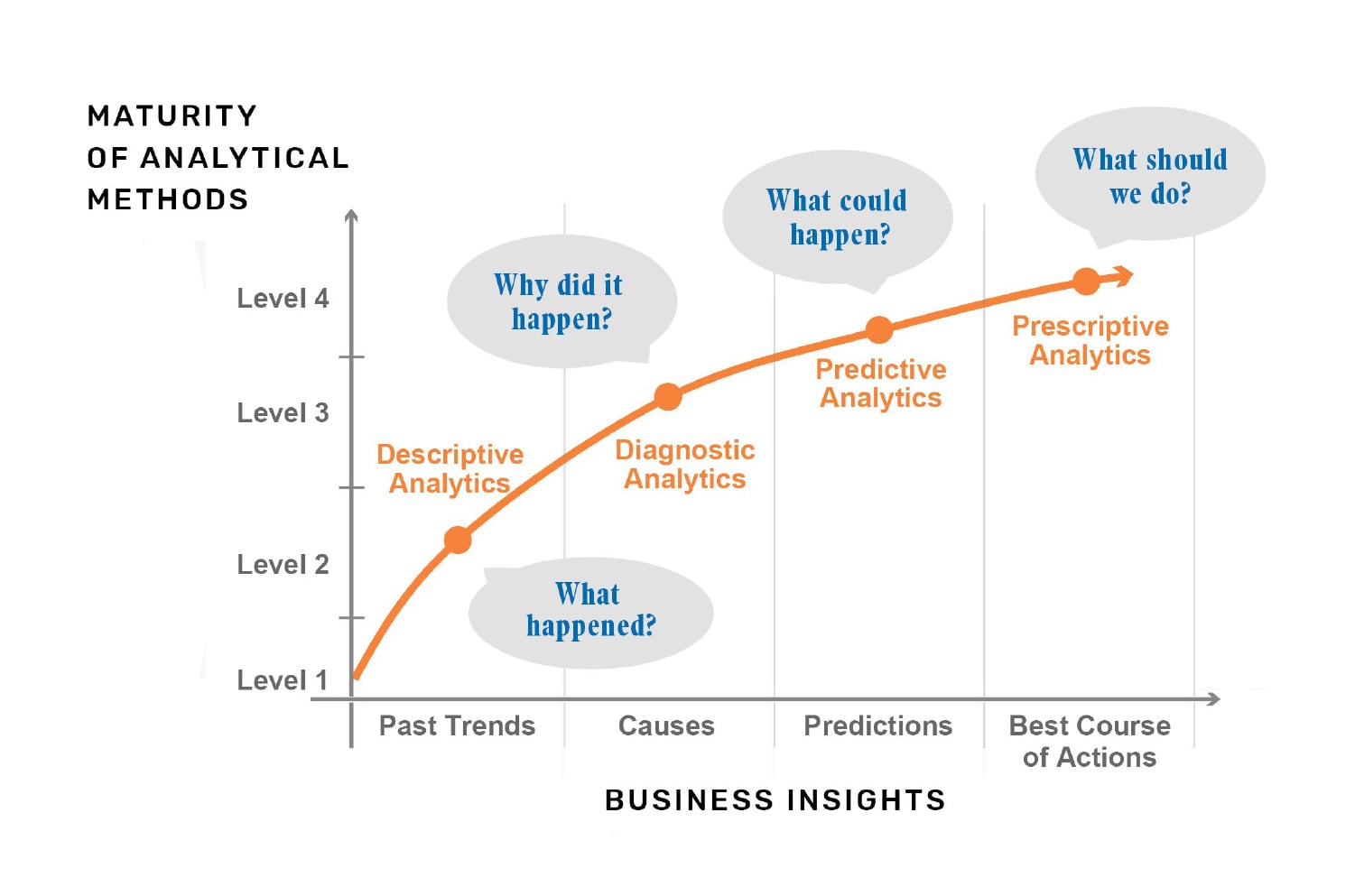
Data analysis is far more than just crunching numbers; it's a systematic process of inspecting, cleaning, transforming, and modeling data with the goal of discovering useful information, informing conclusions, and supporting decision-making. It encompasses a wide array of techniques and methodologies, from basic statistical analysis to advanced machine learning algorithms. The ultimate objective is to extract meaningful patterns, correlations, and trends that might otherwise go unnoticed, providing businesses with a profound understanding of their past performance, current state, and future potential.

By leveraging specialized data analysis services, organizations can move beyond mere intuition and anecdotal evidence. They gain the power to make data-driven decisions that are backed by concrete evidence, leading to improved resource allocation, enhanced customer satisfaction, better risk management, and the identification of new market opportunities. In today's fast-paced digital economy, the ability to rapidly convert data into strategic insights is no longer a luxury but a fundamental requirement for competitive advantage and long-term viability.
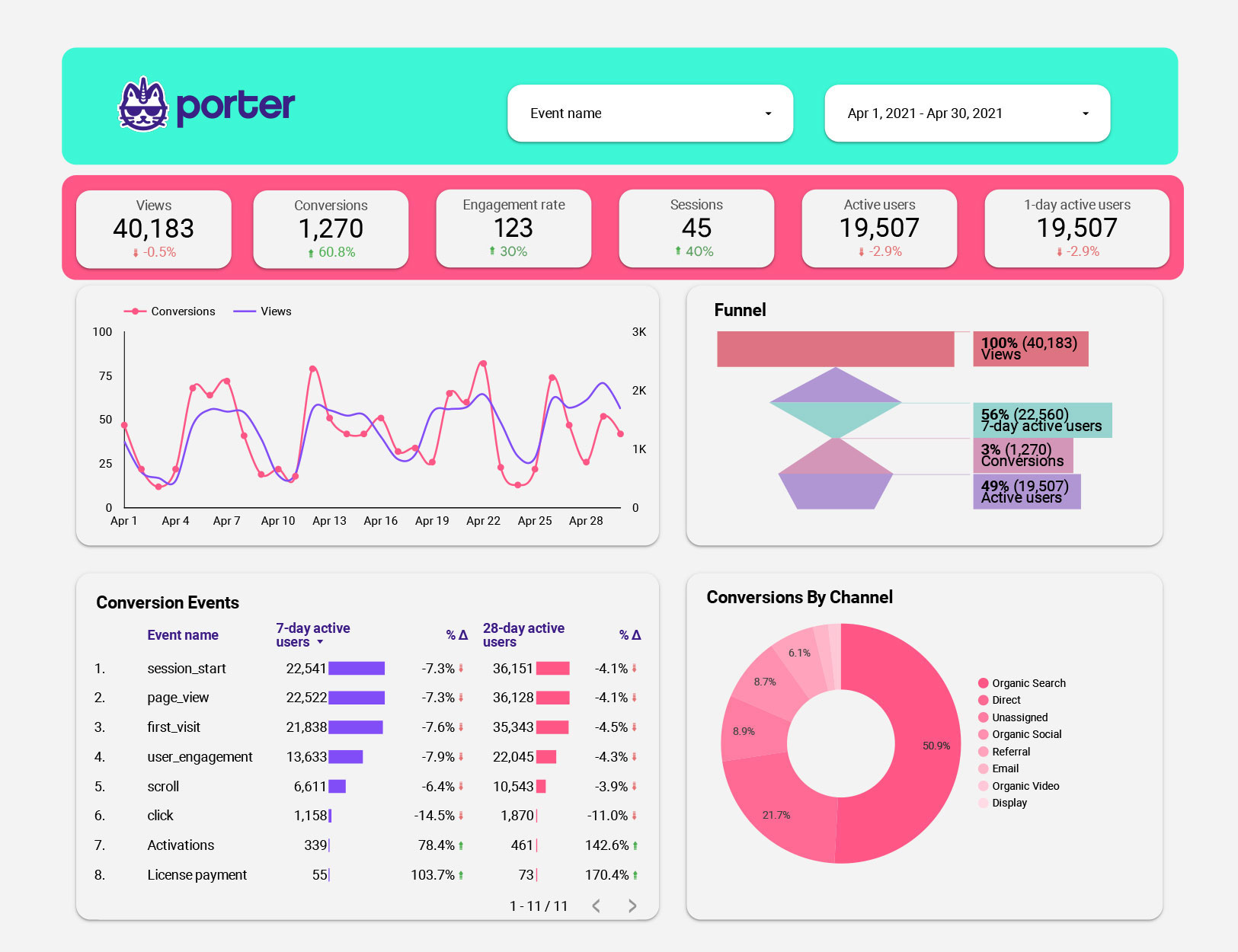
What Are Professional Data Analysis Services?

Professional data analysis services involve engaging experts or specialized firms to help businesses collect, process, analyze, and interpret their data. These services go beyond simple reporting, delving deep into datasets to uncover hidden patterns, predict future outcomes, and recommend actionable strategies. They leverage a combination of advanced software, statistical models, machine learning algorithms, and human expertise to turn raw data into a strategic asset.
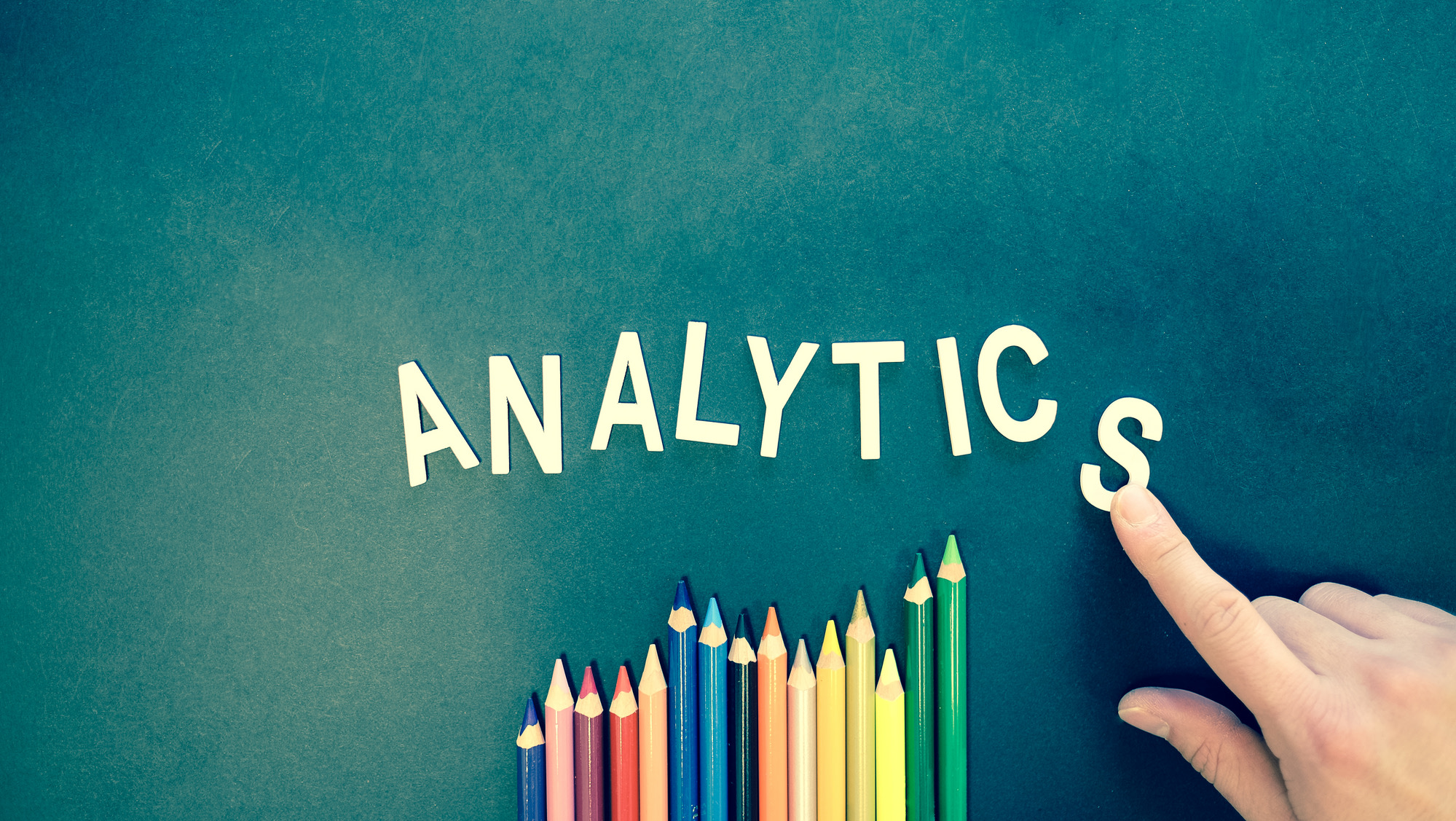
The scope of these services typically includes several phases:
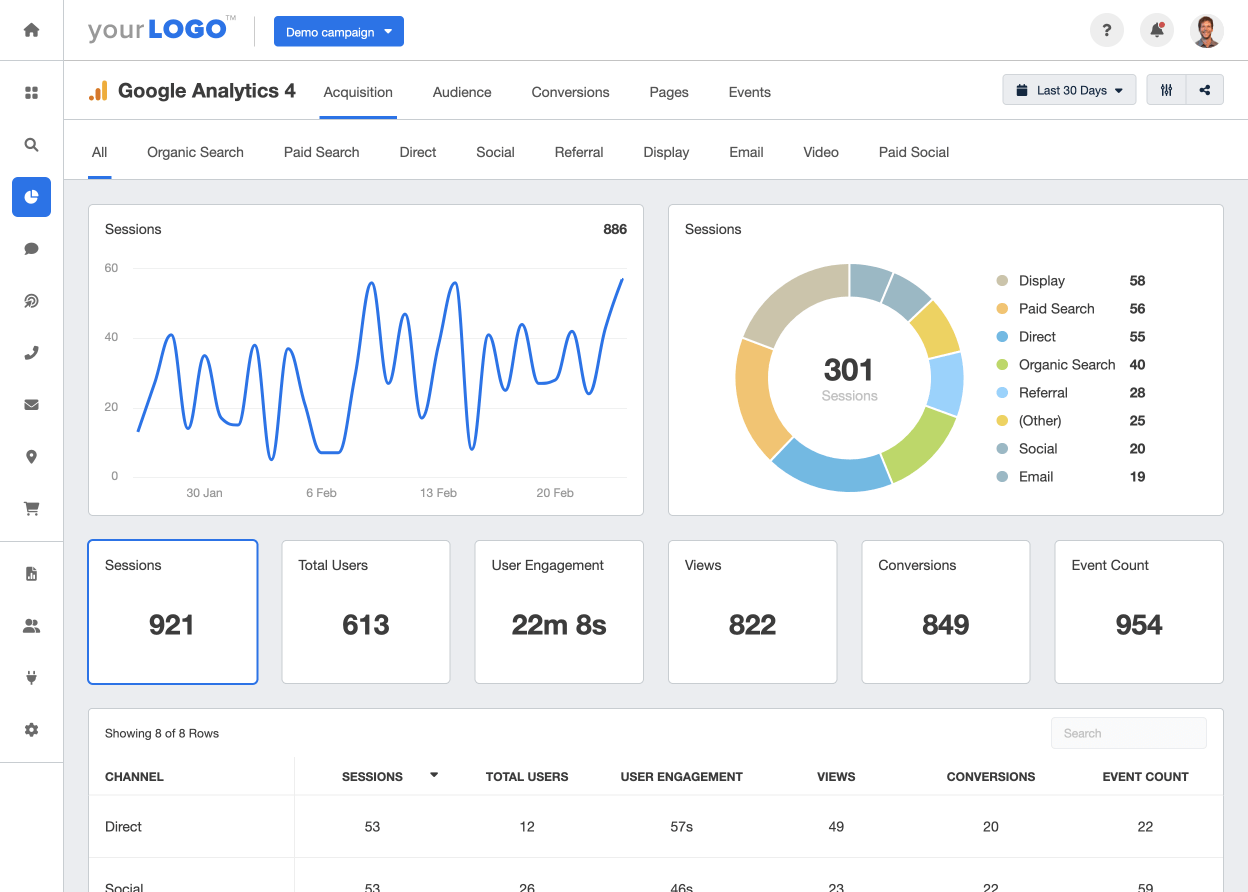
- Data Collection and Integration: Gathering data from diverse sources such as CRM systems, ERPs, websites, social media, IoT devices, and external databases. This often involves integrating disparate datasets into a unified view.
- Data Cleaning and Preprocessing: Addressing issues like missing values, inconsistencies, duplicates, and errors to ensure data quality and accuracy, which is crucial for reliable analysis.
- Data Exploration and Visualization: Employing statistical methods and visual tools to understand the data's characteristics, identify initial trends, and present findings in an easily digestible format (e.g., dashboards, charts).
- Advanced Analytics and Modeling: Applying sophisticated techniques like predictive modeling, machine learning, statistical inference, and segmentation to uncover deeper insights and build predictive capabilities.
- Interpretation and Reporting: Translating complex analytical findings into clear, concise, and actionable recommendations for business stakeholders, often through comprehensive reports and presentations.
These services can be customized to address specific business needs, whether it's optimizing marketing campaigns, streamlining supply chains, improving customer retention, or developing new products.
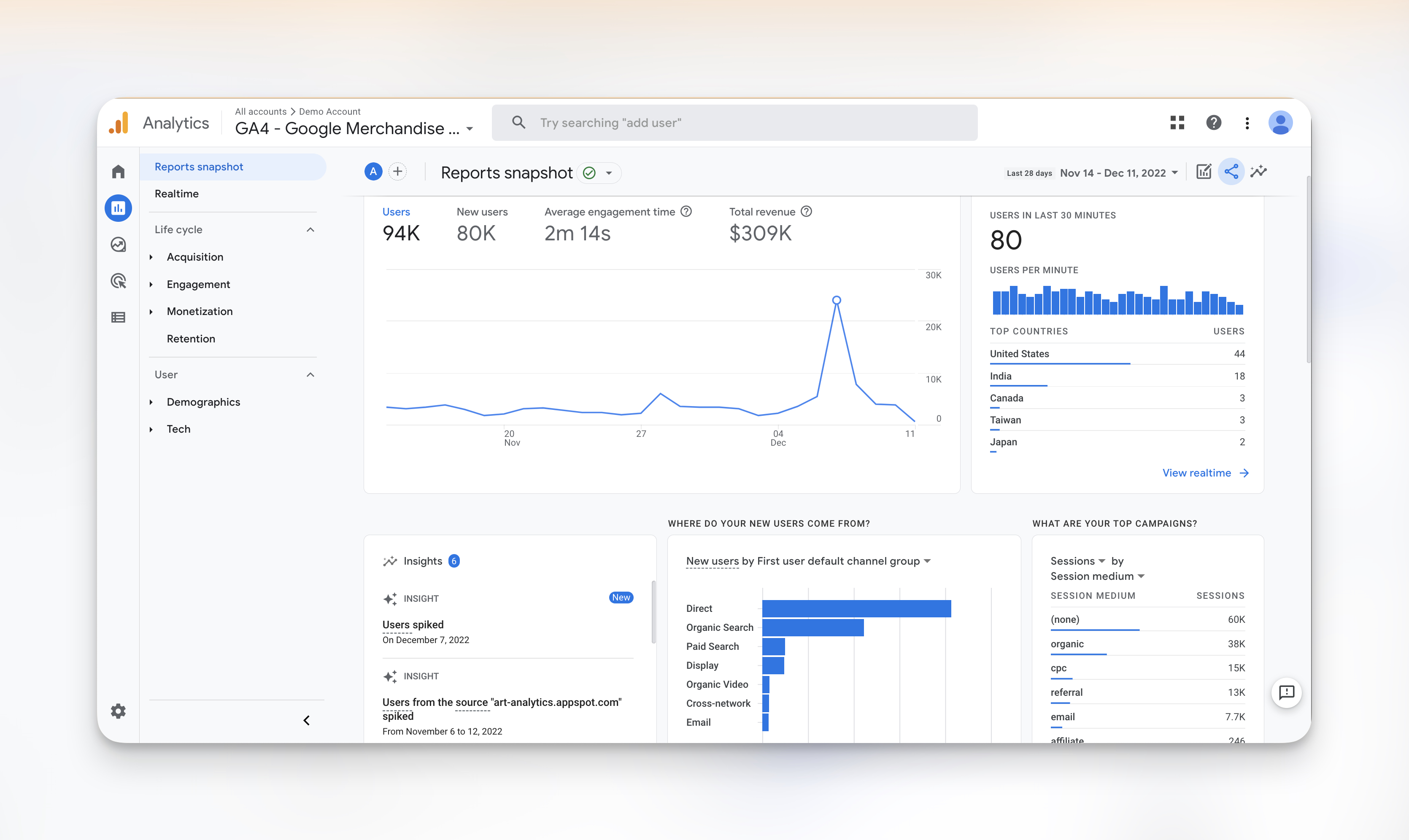
The Transformative Power of Data Analysis for Business Growth
The impact of robust data analysis extends across virtually every facet of a business, driving efficiency, innovation, and profitability.
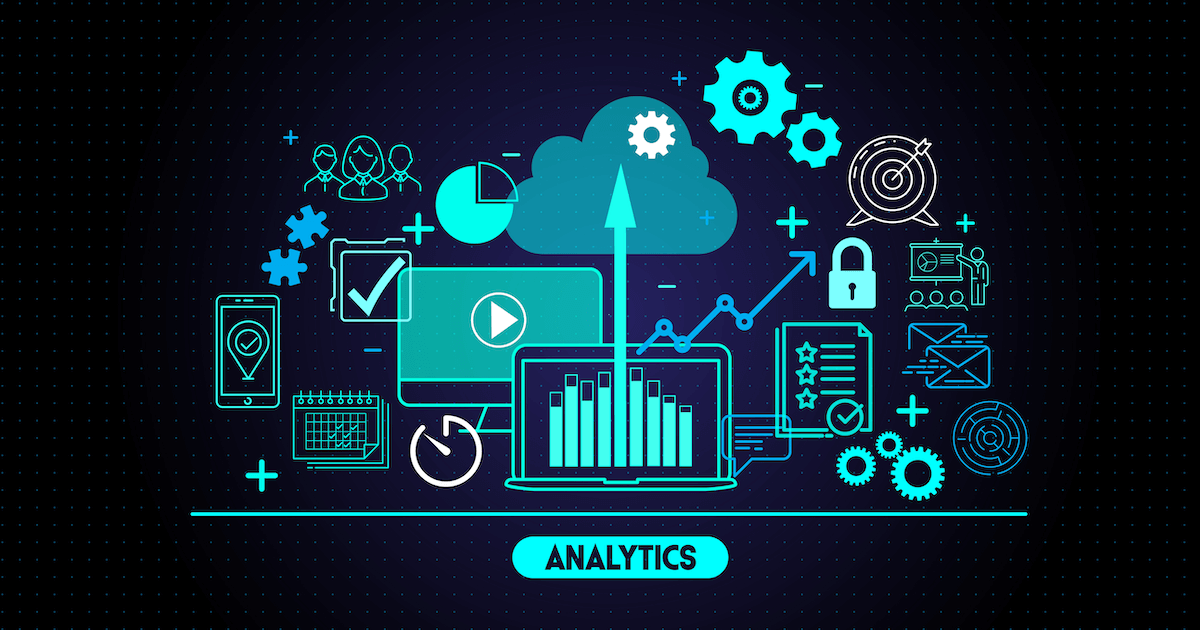
Enhanced Decision-Making
At its core, data analysis empowers organizations to make informed, strategic decisions. Instead of relying on gut feelings or assumptions, leaders can base their choices on empirical evidence. This precision leads to better resource allocation, more effective strategies, and reduced risks associated with uncertain outcomes. For instance, analyzing sales data can reveal which products are truly profitable, guiding inventory and marketing decisions.
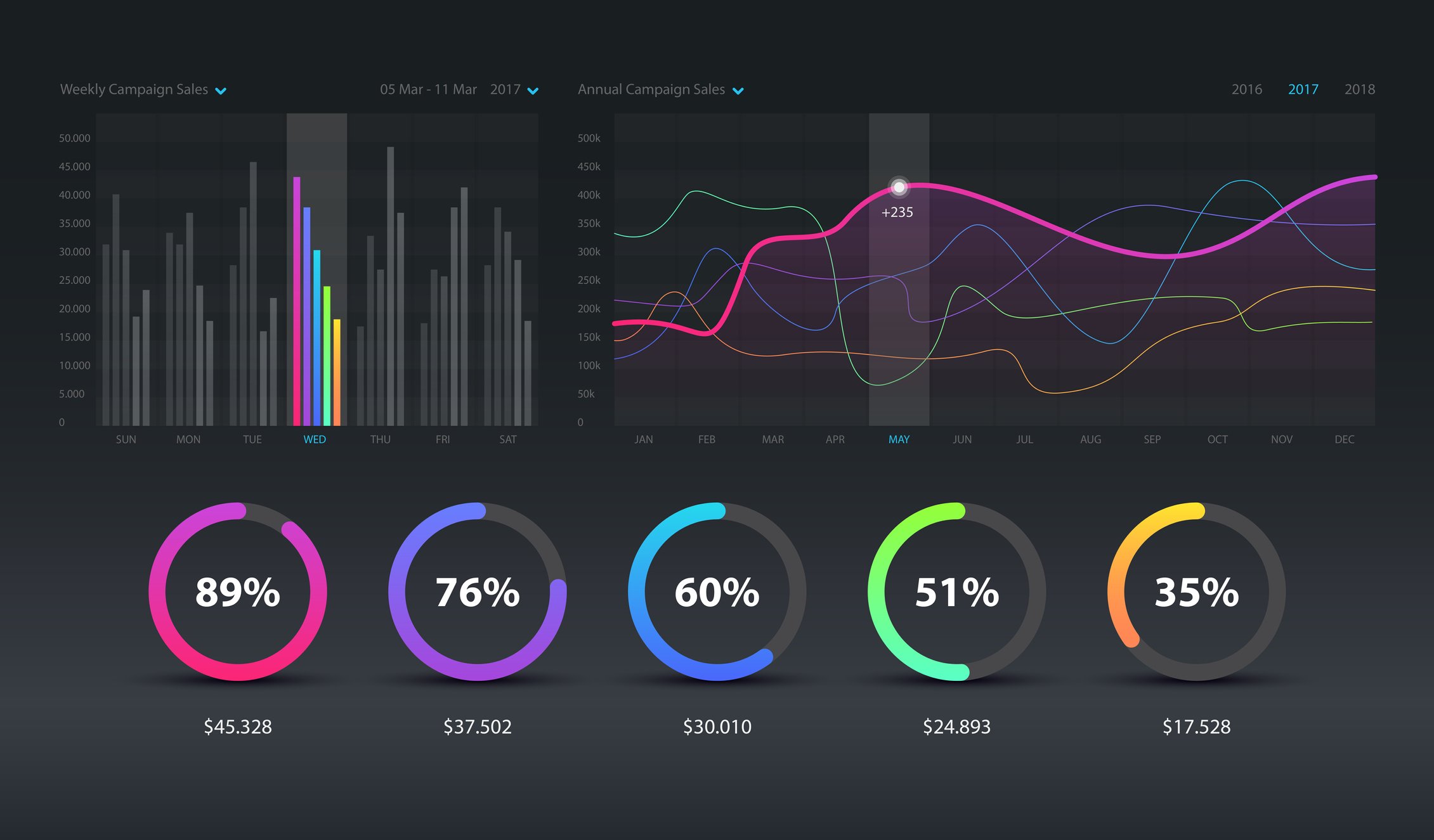
Identifying Market Trends and Opportunities
Data analysis services enable businesses to monitor and interpret market shifts, customer preferences, and competitor activities in real-time. By analyzing market data, companies can identify emerging trends, spot underserved customer segments, and discover new revenue streams. This foresight allows them to adapt quickly, innovate product offerings, and capitalize on opportunities before competitors do. A retail business might analyze purchasing patterns to predict seasonal demand or identify cross-selling opportunities.

Optimizing Operations and Efficiency
Operational data, when properly analyzed, can reveal bottlenecks, inefficiencies, and areas for cost reduction. Predictive maintenance models can minimize downtime in manufacturing, supply chain analytics can optimize logistics and inventory management, and workforce analytics can improve talent management. By streamlining processes and optimizing resource utilization, businesses can achieve significant cost savings and improve overall productivity.
Personalizing Customer Experiences
Understanding customers is paramount, and data analysis provides the deepest insights. By analyzing customer data—purchase history, browsing behavior, demographics, feedback—businesses can create highly personalized marketing campaigns, product recommendations, and customer service interactions. This level of personalization fosters stronger customer loyalty, increases customer lifetime value, and enhances brand perception.
Mitigating Risks and Fraud
Advanced data analysis, particularly predictive analytics, plays a crucial role in risk management. Businesses can identify potential risks, such as financial fraud, credit defaults, or cybersecurity threats, by detecting unusual patterns or anomalies in data. This proactive approach helps in preventing losses, ensuring compliance, and safeguarding business assets.
Key Methodologies and Techniques Employed in Data Analysis Services
Professional data analysis relies on a diverse toolkit of methodologies, each suited for different types of data and analytical objectives.
Statistical Analysis
This foundational methodology uses mathematical statistics to quantify trends, relationships, and probabilities within data. Techniques include regression analysis (to model relationships between variables), correlation analysis (to measure the strength and direction of linear relationships), hypothesis testing (to validate assumptions), and descriptive statistics (mean, median, mode, standard deviation) to summarize data characteristics.
Predictive Modeling
Utilizing historical data, predictive modeling aims to forecast future outcomes or probabilities. Machine learning algorithms, such as decision trees, neural networks, and support vector machines, are commonly employed here. This technique is invaluable for sales forecasting, customer churn prediction, risk assessment, and demand planning.
Data Mining
Data mining involves discovering patterns, anomalies, and correlations within large datasets. It uses techniques from statistics, machine learning, and database systems. Common applications include market basket analysis (identifying products frequently bought together), fraud detection, and customer segmentation.
Business Intelligence (BI)
BI focuses on current and historical data to provide insights into business operations. It often involves the use of dashboards, reporting tools, and data visualization to present key performance indicators (KPIs) and trends in an accessible format. BI helps businesses monitor performance, identify areas for improvement, and track progress towards strategic goals.
Text and Sentiment Analysis
As unstructured data like text from emails, social media, reviews, and customer service interactions grows, text and sentiment analysis become crucial. These techniques use natural language processing (NLP) to extract meaning, identify key themes, and determine the emotional tone (positive, negative, neutral) expressed in textual data. This is vital for understanding public perception, brand reputation, and customer feedback.
Who Benefits from Professional Data Analysis Services?
While data analysis is universally beneficial, certain types of organizations and industries derive immediate and profound value from engaging expert data analysis services.
Small and Medium-Sized Enterprises (SMEs)
Often lacking in-house data expertise or the resources for extensive data infrastructure, SMEs can leverage external services to gain competitive insights without significant capital investment. This allows them to scale their analytical capabilities as they grow.
E-commerce and Retail Businesses
These sectors generate vast amounts of customer and transactional data. Data analysis helps them optimize pricing strategies, manage inventory, personalize product recommendations, understand purchasing patterns, and predict demand, leading to increased sales and improved customer loyalty.
Healthcare Providers
From analyzing patient outcomes to optimizing hospital operations and identifying disease trends, data analysis is transforming healthcare. It aids in resource allocation, improves diagnostic accuracy, and supports personalized medicine initiatives.
Financial Services
Banks, investment firms, and insurance companies use data analysis for fraud detection, risk assessment, credit scoring, algorithmic trading, and personalized financial product offerings. The ability to quickly analyze market data and customer behavior is critical for success and compliance.
Marketing and Sales Departments
Marketing analytics helps optimize campaign performance, identify target audiences, personalize messages, and measure ROI. Sales teams use data to identify high-potential leads, forecast sales, and improve conversion rates.
Manufacturing and Logistics
Data from sensors and operational systems can be analyzed to optimize production lines, predict equipment failures, manage supply chain logistics, and reduce waste, leading to significant cost savings and improved efficiency.
Choosing the Right Data Analysis Services Provider
Selecting the right partner for your data analysis needs is a critical decision that can significantly impact your business outcomes. Consider the following factors:
- Expertise and Experience: Look for providers with a proven track record and deep expertise in statistical analysis, machine learning, data visualization, and domain-specific knowledge relevant to your industry.
- Technology Stack: Ensure they utilize modern, robust tools and platforms that align with your data infrastructure and future scalability needs. This includes expertise in big data technologies, cloud platforms, and various analytical software.
- Understanding of Your Business: The best providers take the time to understand your specific business challenges, goals, and data landscape. They should be able to translate technical findings into actionable business insights.
- Communication and Collaboration: Effective communication is key. The provider should be able to clearly explain complex analytical concepts, collaborate closely with your teams, and provide regular, transparent updates.
- Data Security and Compliance: Given the sensitive nature of data, verify their data security protocols, privacy policies, and compliance with relevant regulations (e.g., GDPR, HIPAA).
- Scalability: Choose a partner that can scale their services to meet your evolving data volumes and analytical requirements as your business grows.
The Future of Data Analysis: Trends and Innovations
The field of data analysis is constantly evolving, driven by technological advancements and the increasing demand for data-driven insights. Several key trends are shaping its future:
- Integration of AI and Machine Learning: AI and ML will become even more pervasive, automating complex analytical tasks, enhancing predictive capabilities, and enabling more sophisticated pattern recognition at scale.
- Real-time Analytics: The ability to analyze data as it's generated, providing immediate insights for instant decision-making, will become standard across many industries, especially in areas like fraud detection, personalized marketing, and operational monitoring.
- Enhanced Data Visualization and Storytelling: As data becomes more complex, the emphasis on intuitive, interactive visualizations and compelling data storytelling will grow, making insights accessible to a broader audience within organizations.
- Ethical AI and Data Governance: With growing concerns about data privacy, bias in algorithms, and responsible AI, robust data governance frameworks and ethical considerations will be paramount in data analysis practices.
- Self-Service BI and Citizen Data Scientists: Tools will become more user-friendly, empowering business users with limited technical skills to perform basic data analysis and create their own reports and dashboards, fostering a more data-literate workforce.
- Edge Analytics: Processing data closer to its source (at the "edge" of the network) rather than sending it to a central cloud will gain traction, especially for IoT devices and applications requiring immediate local insights.
Conclusion
In an increasingly data-rich world, the ability to extract meaningful insights from vast datasets is no longer an advantage but a necessity for survival and growth. Professional data analysis services provide businesses with the expertise, tools, and strategic guidance required to transform raw information into a powerful engine for decision-making, innovation, and competitive differentiation. From understanding intricate market dynamics to optimizing internal operations and delighting customers with personalized experiences, data analysis empowers organizations to navigate challenges and seize opportunities with confidence. Embracing these services is a fundamental step toward building a truly data-driven enterprise, poised for sustainable success in the digital age.